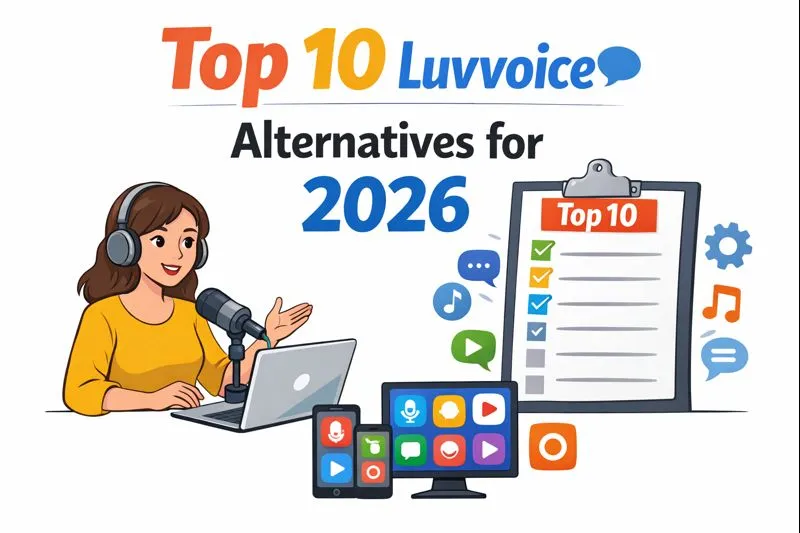A Study on Multimodal Fusion of Speech and Text for Emotion Detection
TL;DR
Introduction: The Power of Multimodal Emotion Detection
Ever wonder how well ai really understands your emotions? It's not just about reading words--it's about catching the feels behind 'em, y'know? And that's where things get interesting.
- Emotion detection enhances audience engagement. Think about how a voiceover in an ad can make you laugh or cry, really pulling you in. Text-only analysis might miss the subtle cues in tone that make a message impactful, while speech-only analysis might struggle to grasp the full context of a sarcastic remark.
- Creating believable characters. It allows for more nuanced and realistic performances, especially in animation or games. Relying solely on text can lead to flat characters, and speech alone might not convey the complex emotional layers needed for truly compelling figures.
- Multimodal provides a more complete picture. Text alone might miss sarcasm, while speech alone might miss the underlying context. Combining these modalities gives us a much richer understanding.
So, how do we get computers to do this better? Let's dive into the limitations of just using text or speech, and why combining them is where the magic happens.
Understanding Speech-Based Emotion Analysis
Okay, so you're not just throwing text at a computer and expecting it to get you, right? Speech analysis is where it's at. It's kinda like, instead of reading your mind, ai is listening to your tone.
Pitch, intensity, and speech rate. These are like, the big three. A higher pitch might mean excitement, while a slower speech rate could indicate sadness. It's not always that simple, of course.
Spectral features (MFCCs). Okay, this is where it gets a little techy, but basically, these are ways of breaking down the sound into its component frequencies. Think of it like analyzing the "texture" of the sound. Mel-Frequency Cepstral Coefficients (MFCCs) capture how the human ear perceives sound, by looking at the energy distribution across different frequency bands. These patterns in the sound's spectrum can help distinguish between different emotional states.
Voice quality and articulation. Are you speaking clearly, or is your voice shaky? That can say a lot about how you're feeling.
Next up, the tricky bits – what makes this harder than it looks.
Text-Based Emotion Analysis: Sentiment and Semantics
Text-based emotion analysis, huh? It's like trying to figure out someone's mood just by reading their texts--no tone of voice to help you out. Can be tricky, but it's super important.
Lexicon-based approaches are the simplest. It's basically keyword spotting, where you look for words associated with certain emotions. Think "happy," "sad," "angry," etc. But, like, what if someone says "that's just great" when they're being sarcastic? The ai would miss that.
Machine learning models are more sophisticated. You train them on tons of text data, so they learn to recognize patterns. These models, like sentiment classifiers, can be used to predict the overall sentiment of a text, for example, customer reviews, social media posts, or survey responses.
Deep learning models, like transformers, are the rockstars of text analysis right now. They're really good at understanding context. Transformers achieve this through a mechanism called "attention," which allows them to weigh the importance of different words in a sentence relative to each other. This means they can better grasp how words interact and influence meaning, even across long stretches of text.
So, how does this all work? Well, it's not just about the words themselves. It's about understanding what they mean. The nuances of language, like sarcasm or subtle emotional shifts, are often deeply tied to context and semantics. Understanding these deeper layers is crucial for accurate emotion detection.
Multimodal Fusion Techniques: Combining Speech and Text
So, you've got speech and text, right? But how do you actually smush them together so ai can get the full picture? Turns out- there's a few ways to skin this cat.
Early Fusion: This is like, blending all your ingredients before you even start cooking. You combine the raw features from both speech and text right at the beginning. For example, in healthcare, you might merge acoustic features from a patient's voice with text from their medical history to better detect signs of depression. This approach can capture subtle interactions between modalities that might be lost later.
Late Fusion: Think of this as making two separate dishes, then combining them on the plate. You analyze speech and text separately, then combine the results at the end. This could be useful in retail, where you analyze customer reviews (text) and call center interactions (speech) independently before combining the insights to improve customer service strategies.
Choosing between these depends. Early fusion can capture subtle relationships between speech and text, but late fusion is more flexible if one modality is unreliable.
Next up, how attention mechanisms can help focus on what really matters.
Applications in AI Voiceover and Audio Content Creation
AI voiceovers are getting real. I mean, remember those robotic voices from like, a decade ago? Shudder. Now, it's about making ai sound, well, human.
More Emotion, More Engagement: Forget monotone! We're talking about ai that can actually convey sadness, joy, or even sarcasm. Which means voiceovers that grab your attention, and keeps it, y'know? This directly enhances audience engagement by making content more dynamic and relatable.
Believable Characters: Think video games and animated films. ai can give characters emotional depth, making them way more relatable. This is key to creating immersive experiences and believable narratives.
Personalized Audio Content: Imagine voiceovers that adapt to different demographics and cultures. It's not just about translation, but about capturing the right emotional tone for a specific audience. This allows for more tailored and impactful communication.
Imagine an ai voice that gets you. That's the goal, right? And it's getting closer every day.
Challenges and Future Directions
Okay, so where is this tech headed? It's not perfect, and there's still some road to travel, y'know?
Data scarcity is a HUGE problem. Like, how do you train ai to understand emotions when most datasets are biased towards certain demographics? We need more diverse data, plain and simple. And not just more data- better data. Datasets need to accurately represent the population or it defeats the purpose.
Bias, bias EVERYWHERE. It's not enough to just collect data. You gotta make sure it's not perpetuating existing stereotypes. ai voice tech, for example, could accidentally reinforce gender or racial biases if we're not careful.
Beyond text and speech? What about facial expressions? Body language? Integrating visual cues could take emotion detection to the next level. Imagine ai that can "see" your frustration during a video call, not just hear it.
And it's not just about better algorithms, its about ethical considerations. We need to think about data privacy and avoid using this tech to manipulate people's emotions. For instance, imagine targeted advertising that preys on someone's current emotional state, or political campaigns that use emotionally manipulative voiceovers. We need robust safeguards to prevent such misuse and ensure transparency. So, yeah, exciting times ahead, but we gotta tread carefully.
Conclusion: The Future of Emotion-Aware Voiceovers
Okay, so, emotion-aware ai voiceovers? It's not just sci-fi anymore. Think about how this tech could totally change the way we create audio content.
It can transform audiobooks, making characters way more believable. Imagine listening to a story where you can feel the hero's fear or the villain's rage--not just hear the words.
It can create more engaging e-learning experiences. Instead of a boring, monotone voice, you could have an ai tutor that sounds genuinely excited when you get a question right.
It can personalize marketing, making ads that actually resonate with people on an emotional level. No more generic commercials, thank goodness.
The potential of multimodal emotion detection is immense, promising to revolutionize how we interact with technology and content. By moving beyond single modalities, we're unlocking richer, more nuanced understanding. As we navigate the challenges of data diversity, bias, and ethical deployment, the future points towards increasingly sophisticated and personalized ai experiences. This isn't just about making ai sound human; it's about making it understand and respond to the full spectrum of human emotion.





